THE TARTAN Let's talk briefly about weaving. When the warp threads stretched on the loom up and down are arranged in stripes, and then the weft threads that are woven back and forth are also arranged in stripes, you get a tartan or a check. If the up-and-down stripes are black and white, and the back-and-forth stripes are black and white, then there will be blocks of black, blocks of white, and blocks of gray. A simple pattern like this, with maybe two colors, is a check. A more complex pattern with more than two colors is a tartan. Tartans are usually symmetrical, or "balanced". The word plaid, which comes from the Gaelic word for blanket, originally meant the actual woven garment used to wrap a kilt or cover the head for warmth. But over time, tartan and plaid both came to be descriptive of the woven pattern, with "plaid" becoming the umbrella term and including asymmetrical or "unbalanced" designs, and "tartan" meaning a plaid that's associated with a particular clan. But, as I discovered in the tourist shop, there are more than just clan tartans: there are personal tartans, corporate tartans, commemorative tartans, royal tartans, et cetera. The New York City tartan is a fairly new one, known as a commemorative tartan because it was designed for an event: Designed by Alistair Buchan (Lochcarron of Scotland) to celebrate Tartan Day, 6th April 2002, in New York City on the occasion of the greatest parade of Pipes and Drums ever seen. The tartan was originally called 'Tunes of Glory'. The colours represent the streets and buildings of New York, with green for Central Park, blue for the rivers (Hudson, Harlem & East) that surround Manhattan and two black stripes to honour the memory of the twin towers of the World Trade Centre destroyed on '9/11'. The name of the tartan was changed at the request of Mayor Giuliani. So I bought a large square scarf and a tam in the New York City tartan. Then I took them home and wore the heck out of them! What a great thing in the winter to have a soft wool scarf and hat that match and always look good! (The hat's woolen band is a little itchy on my forehead, so one day I might get around to replacing it... but I haven't yet, so I guess it's not that annoying!) WEAR AND TEAR In March, as I was putting away my winter things, I took a close look at the hat and scarf. The hat was fine, so I washed it and refreshed the feathers I'd clipped to it. But the scarf had some worn-through spots. I'm not sure how these holes happened, but perhaps my brooches, coat buttons, or hair pins had something to do with it. Here are two problem areas: I used a seam ripper to remove both tags entirely, so I was working just with wool for the repair and wash. The white tag that read "New York City" had all its letters worn off, so I threw it away, but I saved the LochCarron label to put it back later. REPAIR At the Twisted yarn store in Northeast Portland, I picked up a spool of thin wool yarn. It was with the sock-weight yarn, and is intended for use in finishing socks and reinforcing things. It was just the right weight for my scarf! Matthew 9:16 records Jesus as saying "No one sews a patch of unshrunk cloth on an old garment, for the patch will pull away from the garment, making the tear worse." He was using what was then common knowledge of sewing as a metaphor (putting a patch of religious ritual on a worldly life will not redeem that life, but when the Bridegroom comes, He provides new, spotless garments, and makes all things new), not giving sewing advice... but it's still good sewing advice. Since I've washed my tartan scarf before, I think it's already shrunken as much as wool is likely to, whereas the spool of new wool is not shrunken. So what to do? Should I darn the hole perfectly, then wash the scarf and watch my darn shrink while the rest of the scarf doesn't? Sounds like a bad plan! I could wash the wool thread and shrink it before sewing with it, but that seems tricky and tangled. So I decide on a darn with ease in it, so that when the darn shrinks a bit, it pulls out its own slack, instead of distorting the old cloth. Wool offers another benefit when it comes to darning: the fibers like to felt to each other, so as the new darn shrinks a bit, it'll bond with its neighboring threads.
Once the hole is done, I set to work on the worn spot, which was a bit easier, because I could follow threads the whole way. Finally, I quickly darned a tiny spot that I found when I thought I was done. It intersected an orange stripe and a green stripe, so the blue was more obvious there. WASHINGI hand-washed my scarf first with some Woolite, to clean it. (It needed it!) Then, because I thought this long-serving scarf deserved some extra love, I rinsed it with Eucalan's lanolin-enriched rinse. The Eucalan is a leave-in conditioner: lanolin is the grease from sheep's wool, so the idea is to put some of that back into the fibers so they don't dry out and become brittle. The ease in the darns disappeared in the wash, but the darns didn't shrink enough to pucker the fabric, so: success! I draped the scarf over the shower rod to dry, then sewed the Lochcarron label back on it (sans the white tag). Then I folded it and put it away until the autumn, when I shall no doubt unfold it and coo over my excellent darning work!
1 Comment
The Sister
4/5/2018 10:38:44 am
Well done, my clever sister! That's a very good way to solve the "to shrink or not to shrink?" question. Also, I smiled to think of you cooing.
Reply
Leave a Reply. |
Karen Roy
Quilting, dressmaking, and history plied with the needle... Sites I EnjoyThe Quilt Index Categories
All
Archives
March 2024
|
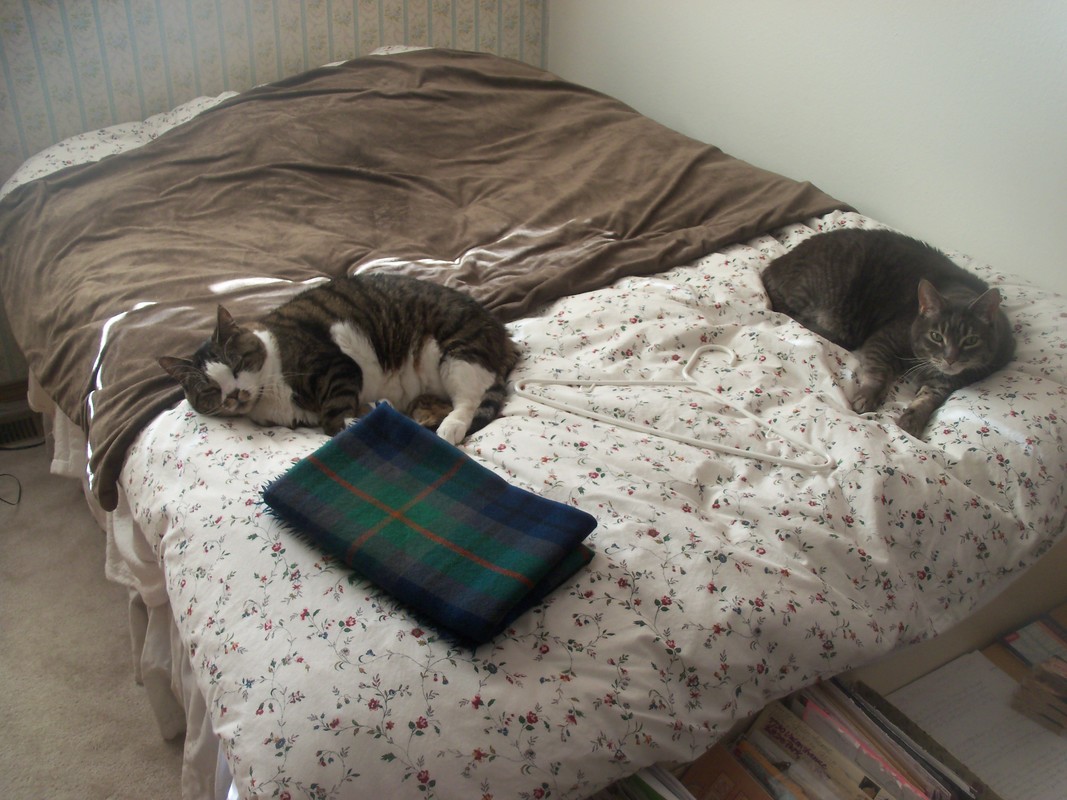
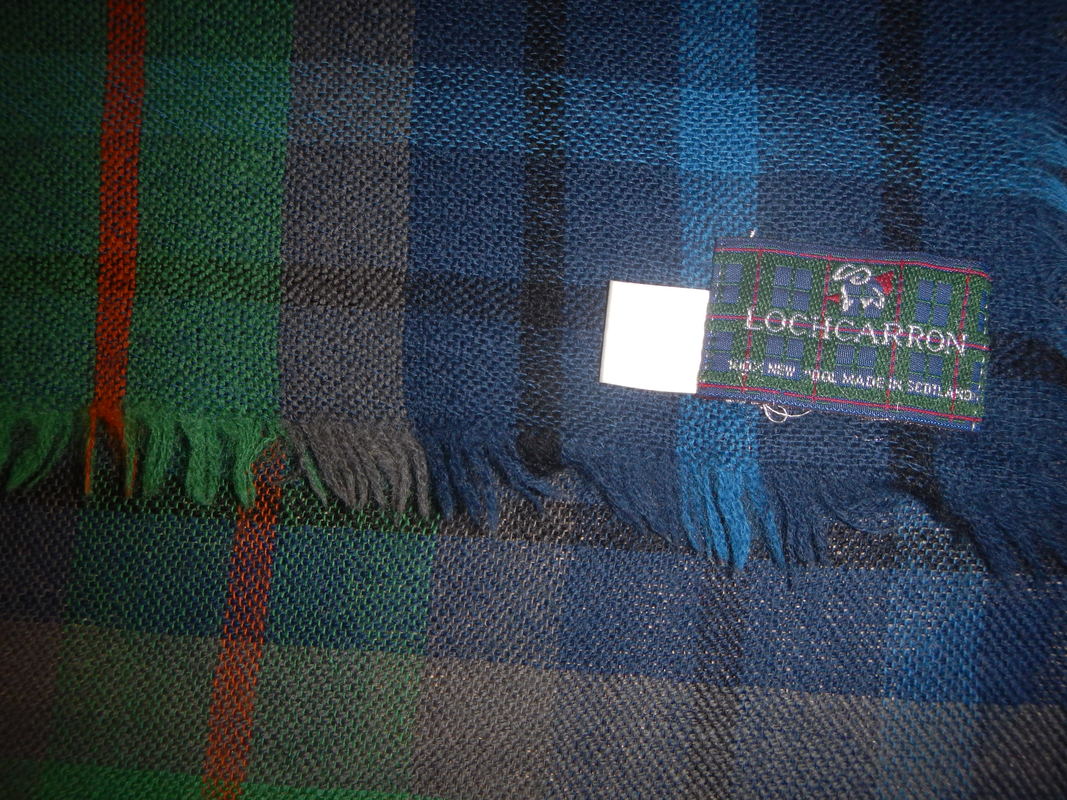
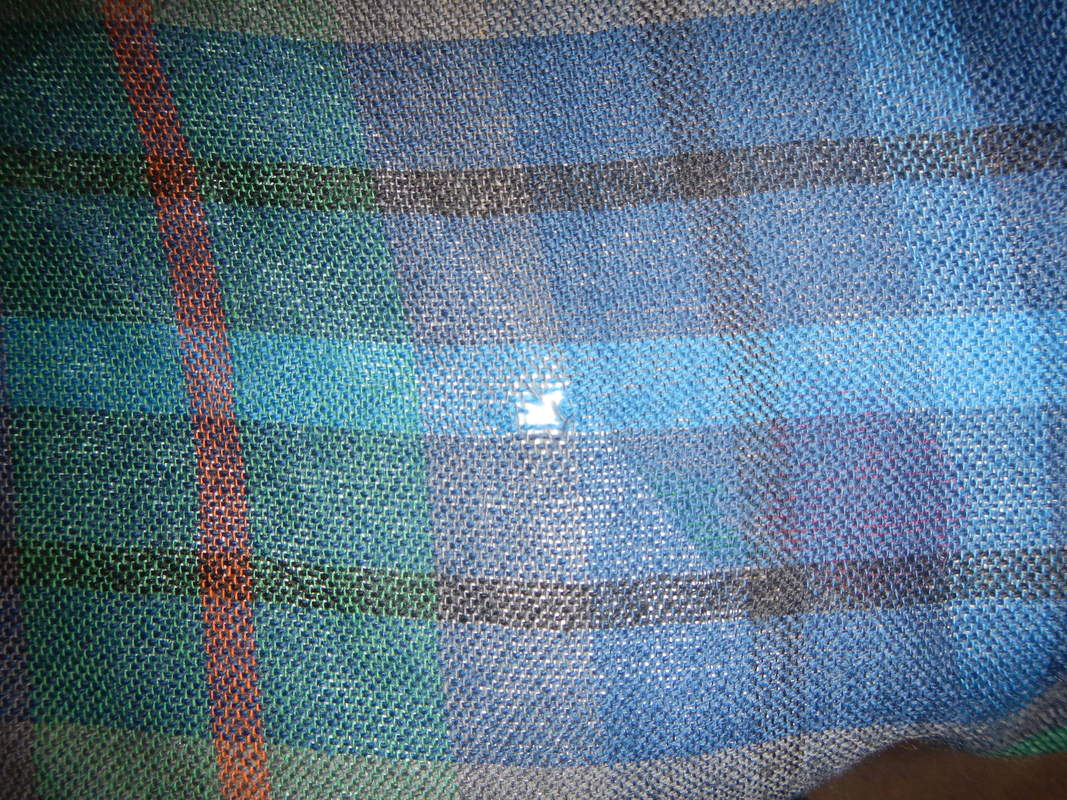
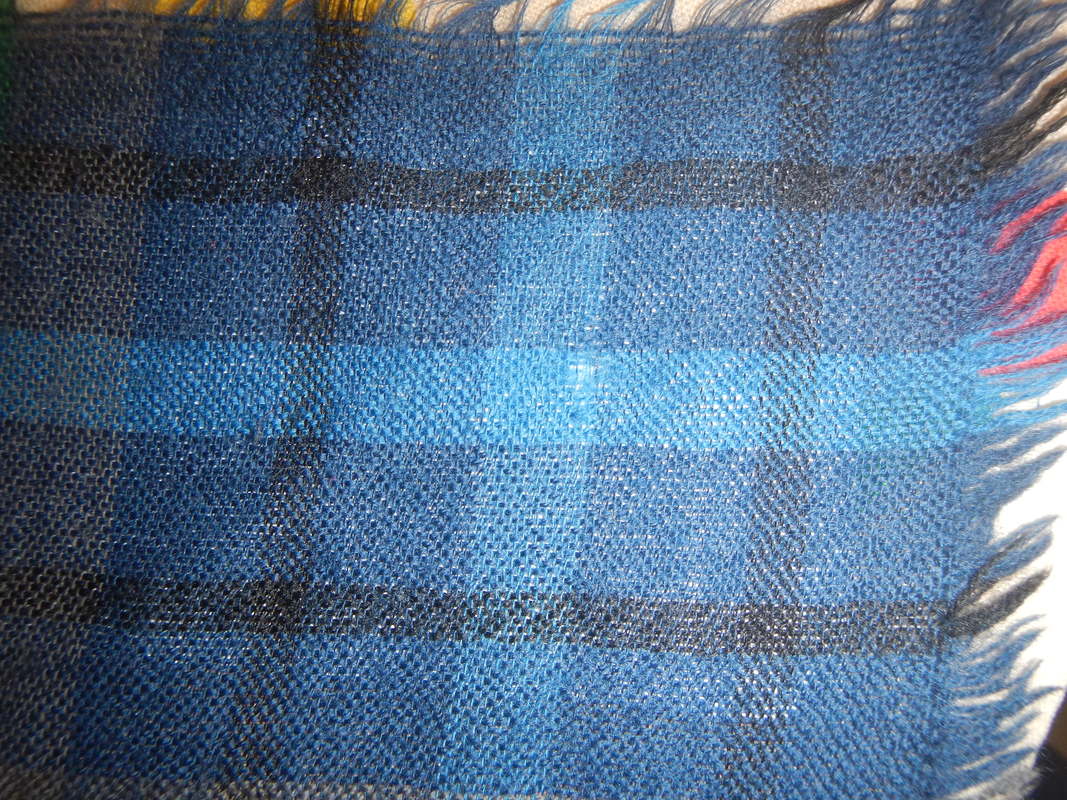
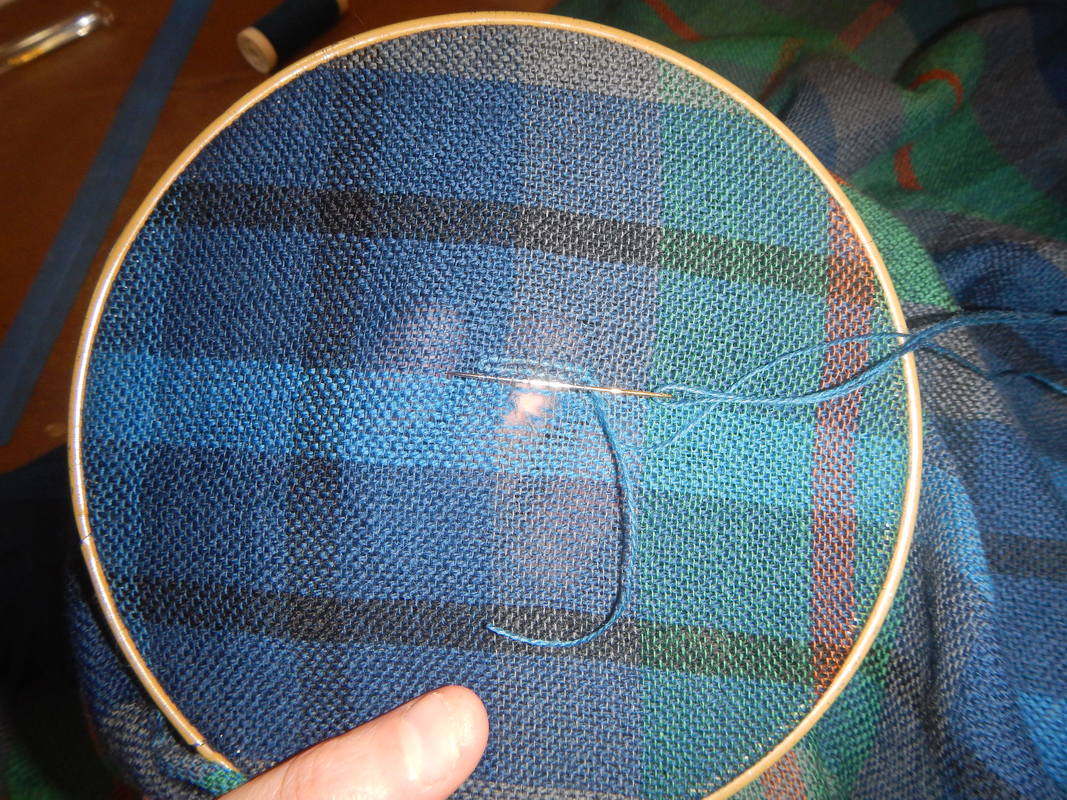
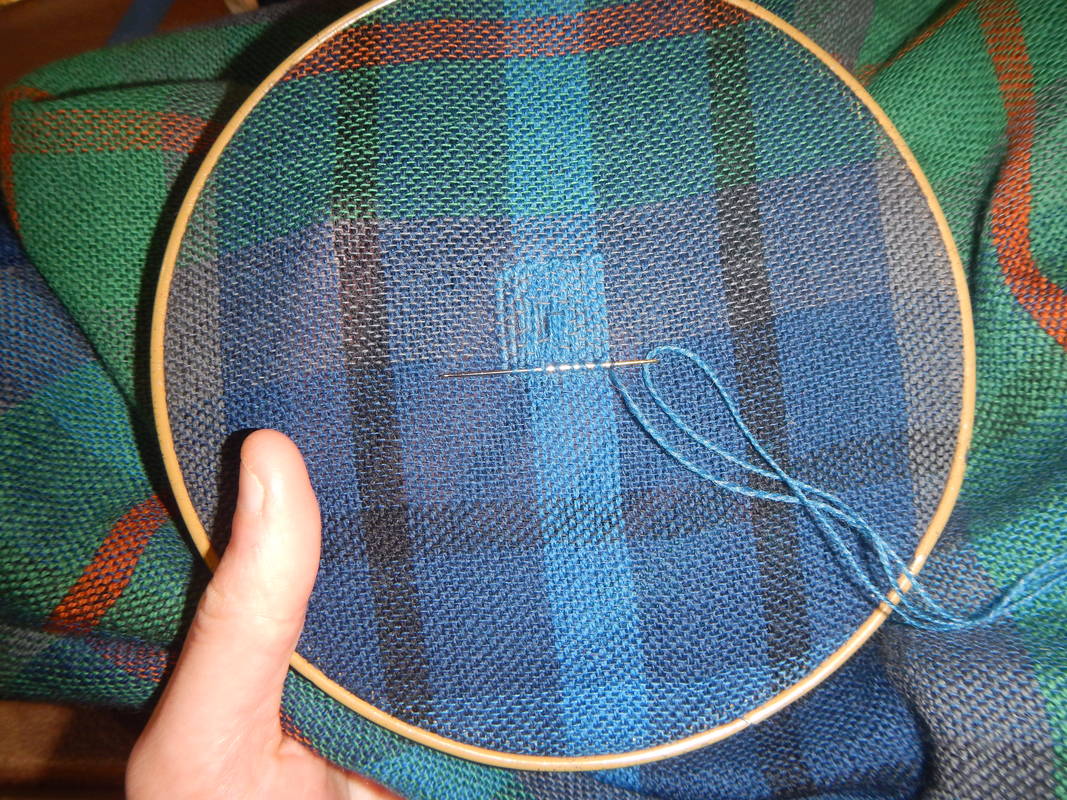
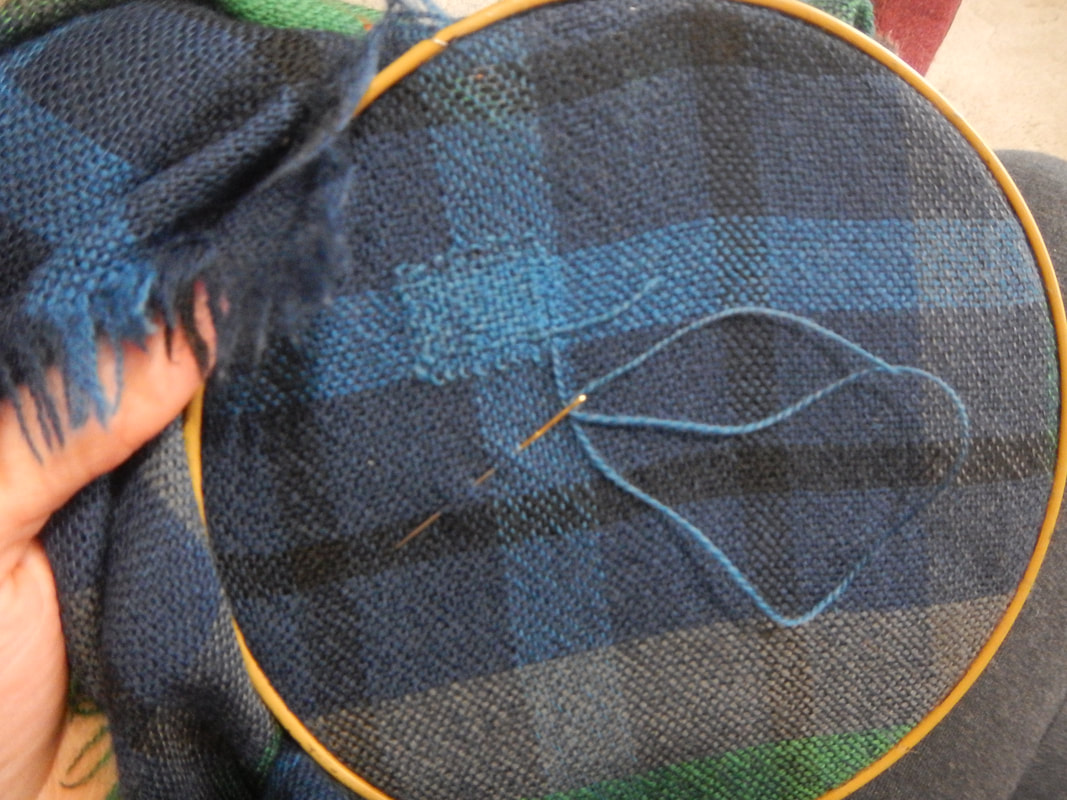
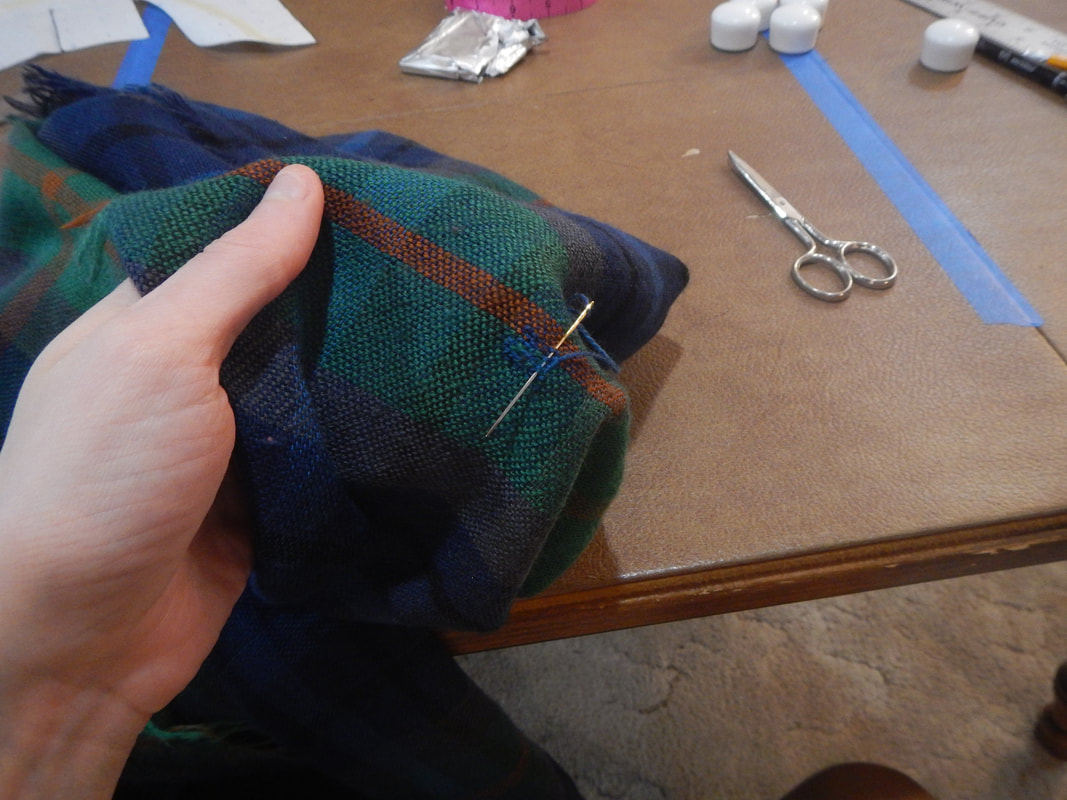
 RSS Feed
RSS Feed